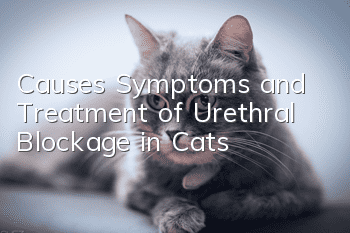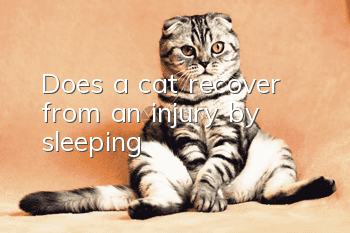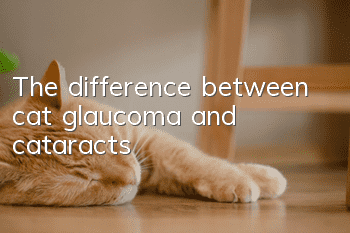Causes, Symptoms and Treatment of Urethral Blockage in Cats

Causes and symptoms of urethral obstruction in cats
Urethral blockage in cats is caused by the accumulation of foreign matter in the urethra, resulting in poor urine discharge. The disease can be diagnosed by taking X-rays or B-ultrasound and clinical symptoms. So what are the causes of urethral obstruction in cats? What are the clinical symptoms?
1. Cause
Drinking less water, high salt concentration, long-term consumption of large amounts of sea fish and foods high in minerals; urinary tract infection, urethral injury, congenital and acquired malformations, urethral tumors, etc.
2. Symptoms
Frequent urination, hematuria, difficulty urinating, and dripping urine. Sick cats show pain and restlessness, and in the later stage, uremia and nephritis may develop as a result of anuria, bladder distension, and worsening of the general condition. In severe cases, bladder rupture may occur.
Treatment methods for cat urethra obstruction
Urethral blockage is one of the common urinary tract diseases in cats. The principle of treating this disease is to remove foreign objects that hinder urination from the body. Although the treatment is not difficult, it is very painful for cats. Here’s how to treat cat urethra blockage.
1. Perform urethral flushing to flush away the stones. Method: Place the cat in a supine position, with the head and two forelimbs fixed separately, and the two hind limbs and tail fixed respectively, fully exposing the perineum (for cats that resist restlessness, it can be performed under general anesthesia). Turn the penis out with your left hand, carefully insert a No. 6-7 blunt tip needle into the urethra from the urethral opening, and flush the stones with normal saline repeatedly. After the stones are broken open, extra-abdominal compression of the bladder can be performed to expel urine.
2. For diuresis, take 2 to 4 mg of hydrochlorothiazide per kilogram of body weight orally for 2 days. Or intramuscularly inject 2 mg of furanosine per kilogram of body weight, 1 to 2 days.
3. Anti-inflammatory, penicillin 50,000 units per kilogram of body weight, intramuscular injection twice a day for 3 to 5 consecutive days.
4. Strengthen care, change the food structure, replace sea fish with freshwater fish, and give food with less salt.
- What are the causes of cat hair loss?
- What causes kidney failure in kittens?
- What are the precautions for raising a cat? Ten must-read tips
- What causes cat-to-belly transmission?
- Why is the cat scratching its ears?
- Why do cats like to bring things to their owners?
- Can cats remember someone? How long will it be remembered?
- Himalayan cat food taboos
- How to raise Garfield cat
- How many months does it take for a Maine Coon cat to start losing hair?



